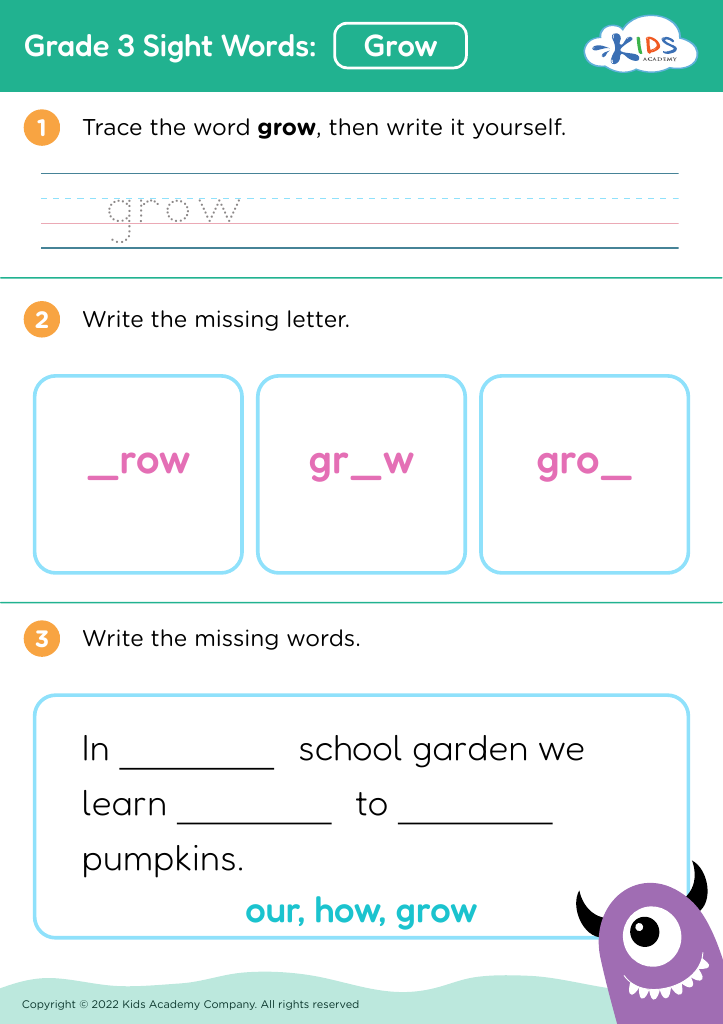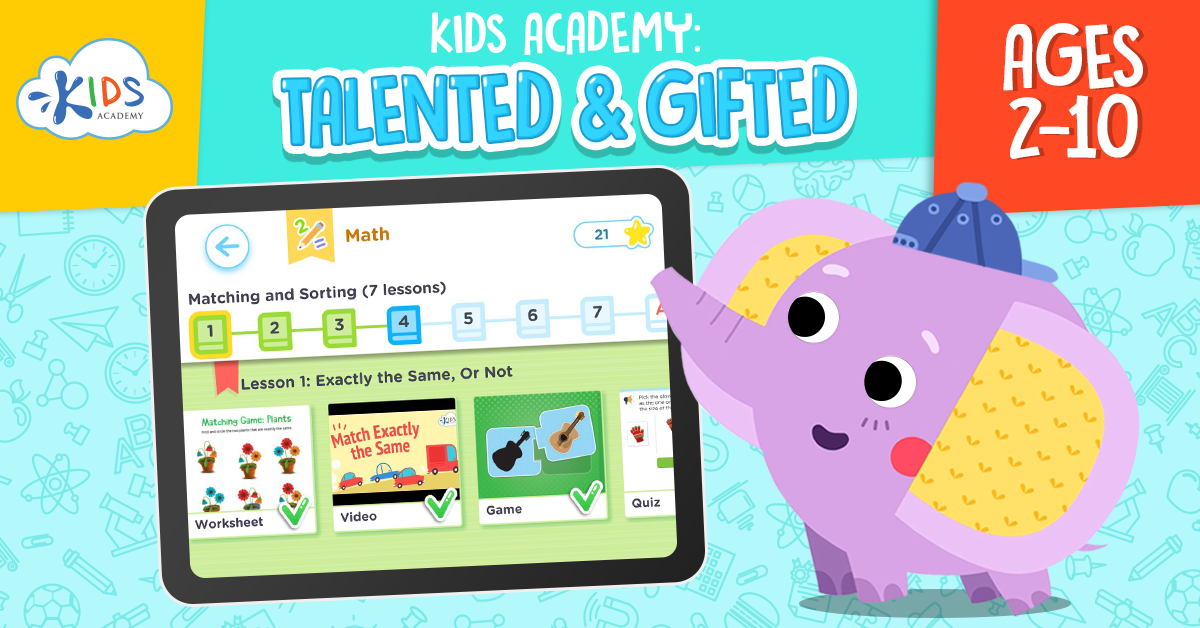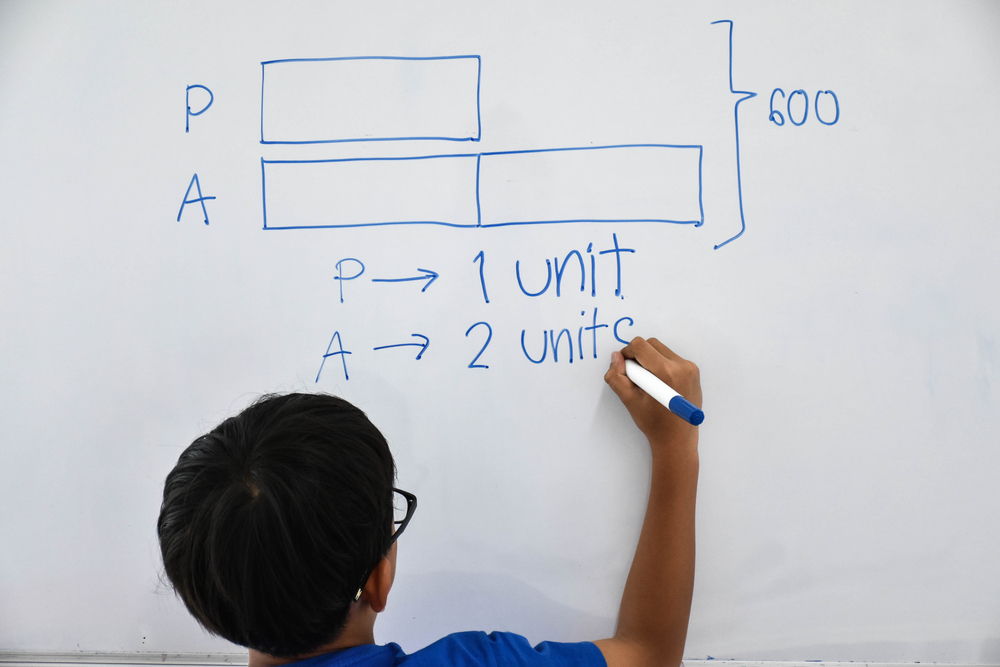Understanding syllables Worksheets for Kids
8 filtered results
-
From - To


Closed Syllable Spelling Worksheet
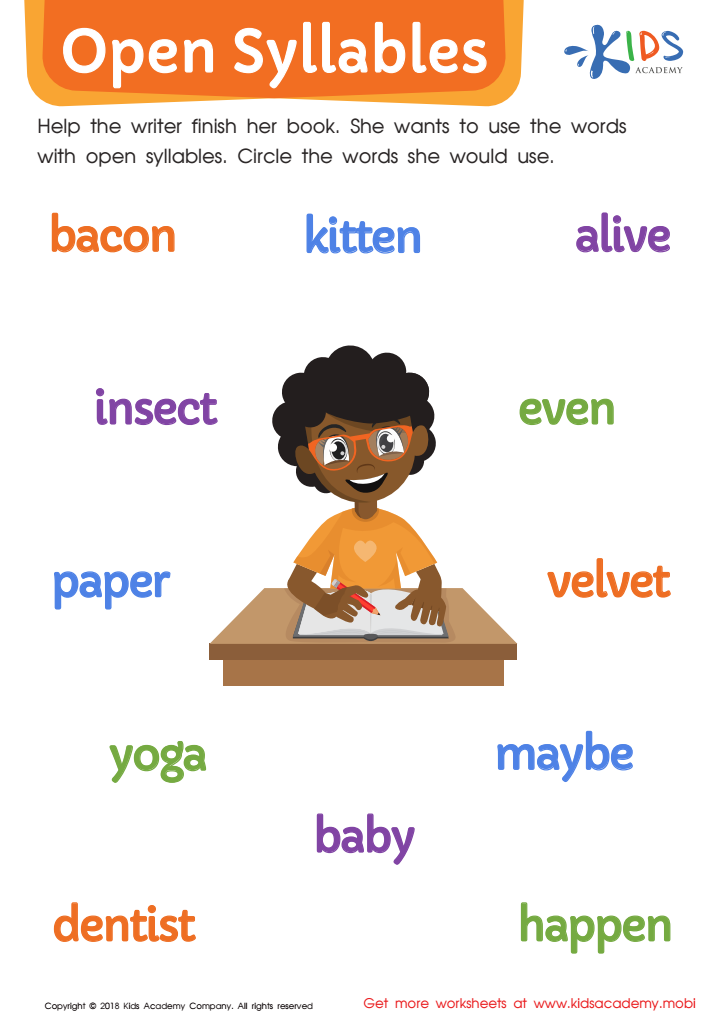

Open Syllables Worksheet
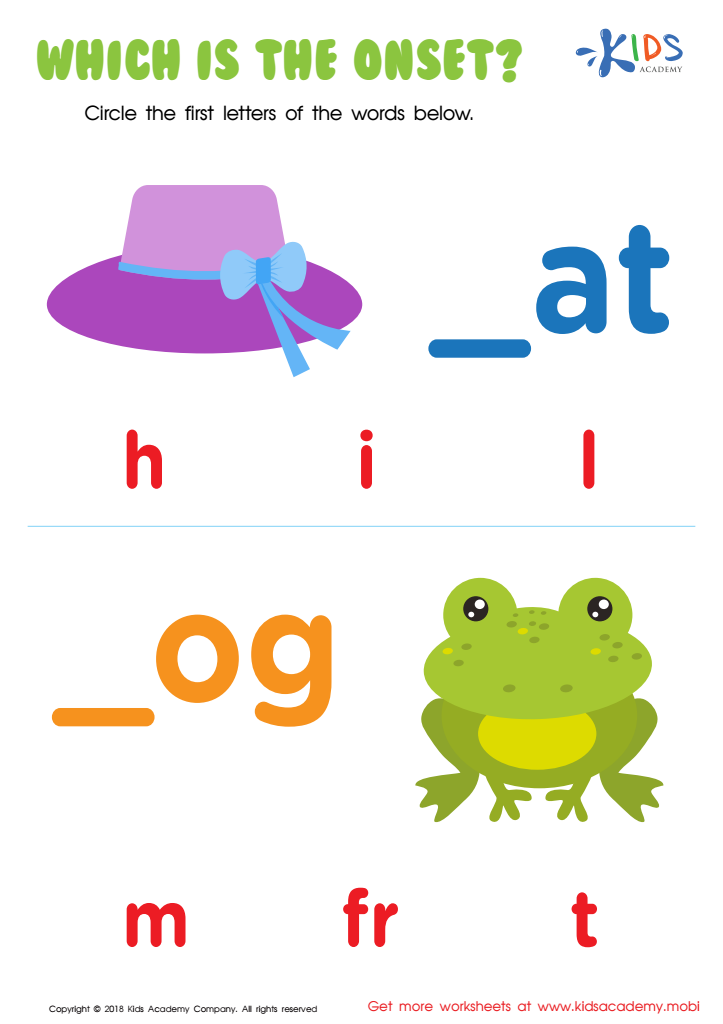

Which Is the Onset? Worksheet
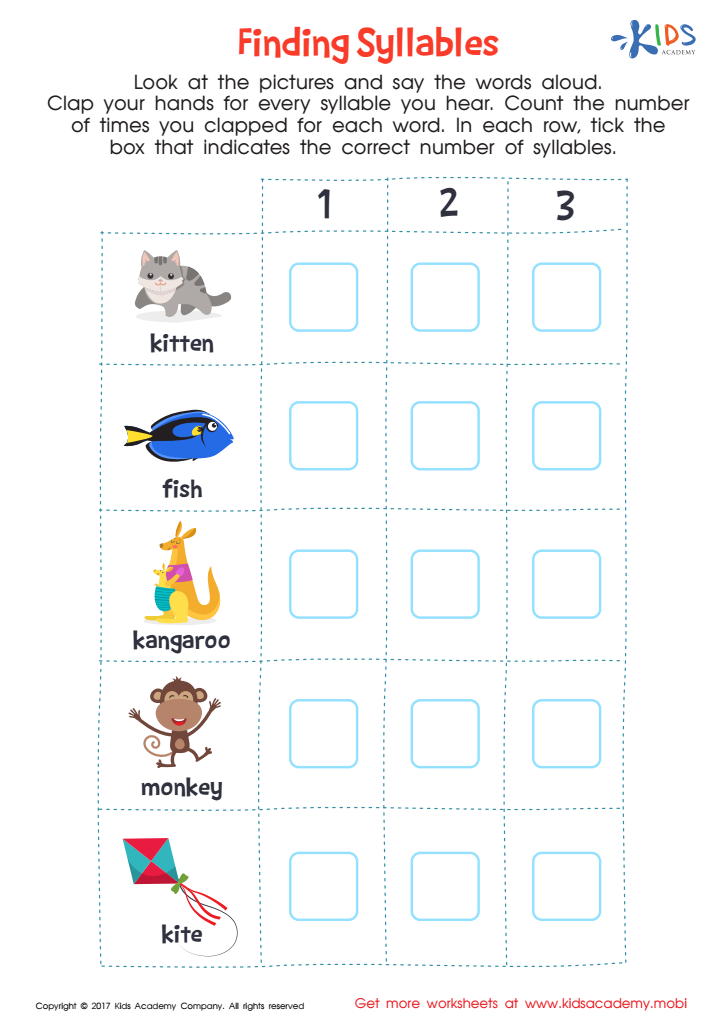

Finding Syllables Word Structure Worksheet
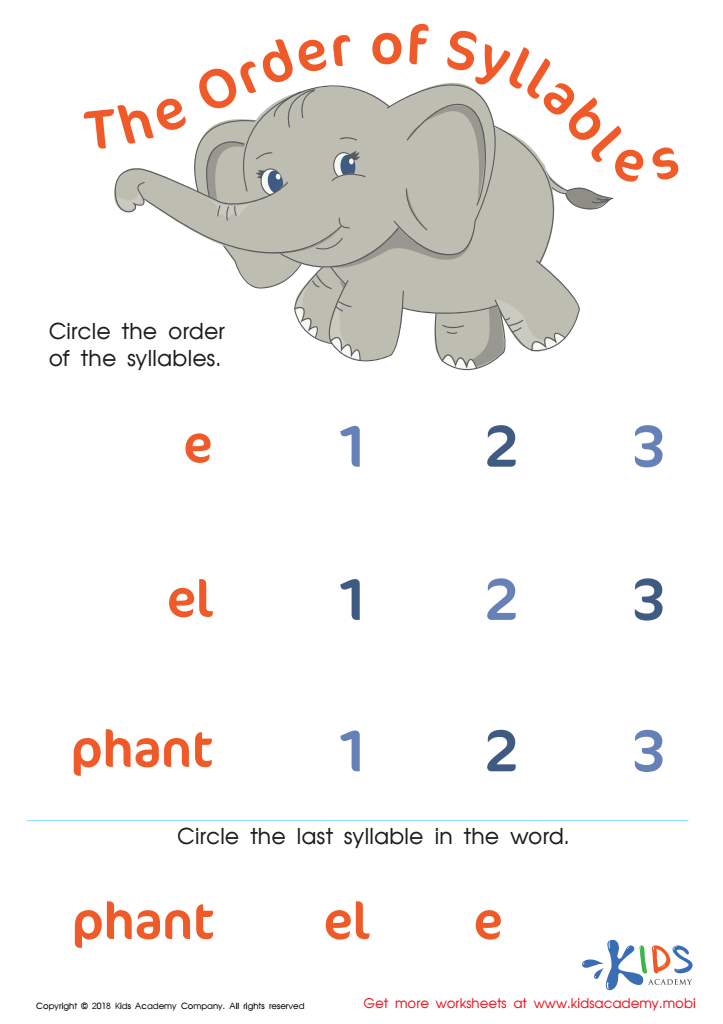

The Order of Syllables Worksheet
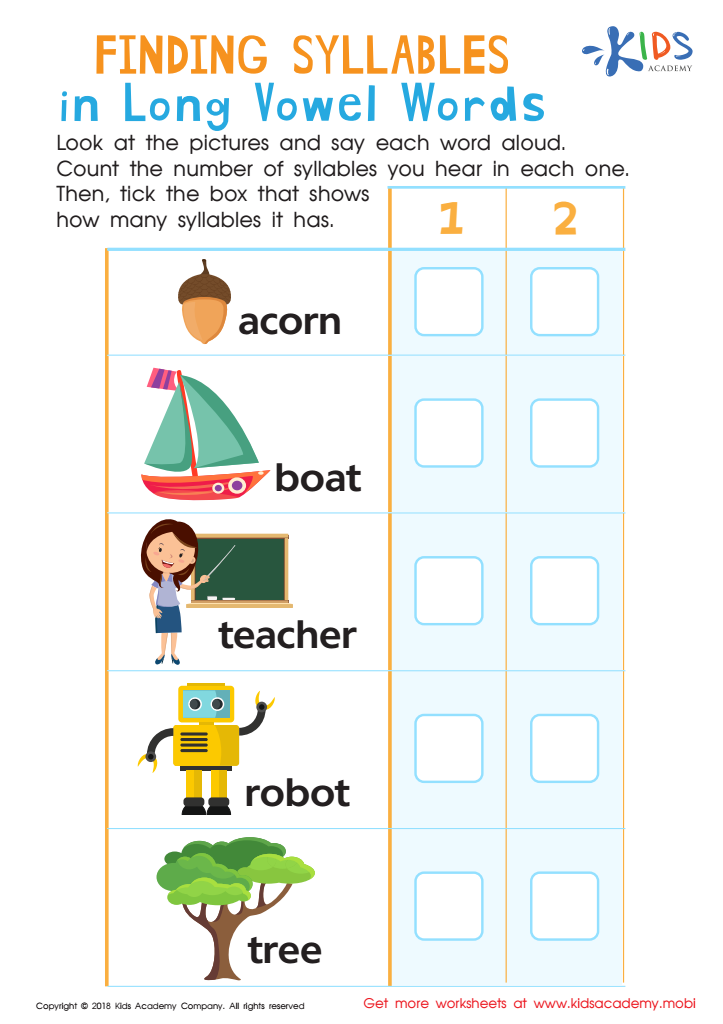

Finding Syllables in Long Vowel Words Worksheet
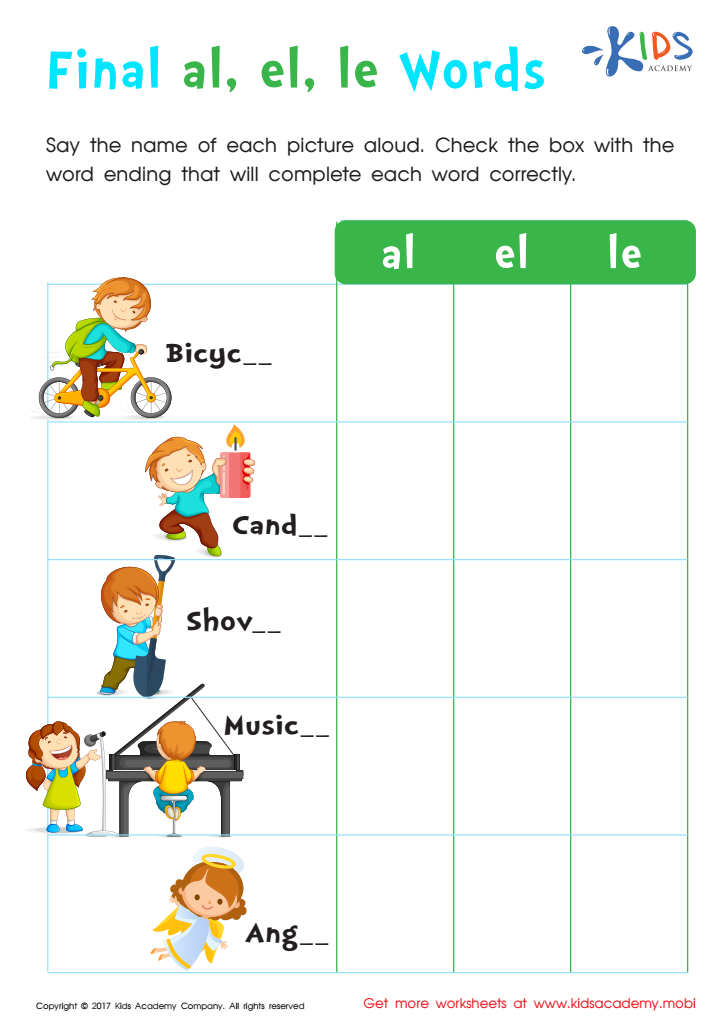

Spelling Words Ending with –le, –el and –al Worksheet
Question/Answer
How to test a Grade 3 student’s Understanding syllables skills?
To test a Grade 3 student's understanding of syllables, use a mix of oral and written exercises. Ask them to clap out, count, and segment the syllables in spoken words. Additionally, have them visually break down written words into syllables by underlining or circling them. Include a variety of words that range from one to multiple syllables.
Why is the Understanding syllables skill important for Grade 3 students?
Understanding syllables is important for Grade 3 students because it enhances their reading and spelling abilities. By breaking down words into manageable parts, students can decode unfamiliar words more effectively, improving their reading fluency and comprehension. Additionally, recognizing syllable patterns aids in spelling and promotes vocabulary expansion, essential skills for developing literacy and academic success.
How to train the Understanding syllables skill in Grade 3 students learning about Grammar?
To train Grade 3 students in understanding syllables, incorporate interactive activities like clapping or tapping out syllables in words, playing syllable sorting games, and using worksheets for syllable counting and division. Encourage syllable identification in daily reading activities and use visual aids, like syllable charts, to reinforce learning. Consistent practice and positive reinforcement are key.
 Assign to My Students
Assign to My Students
